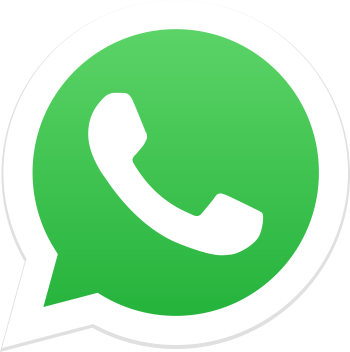



Heart Health is a broad and essential topic that refers to maintaining the...

Cardiovascular diseases (CVDs) are the leading cause of death globally,
claiming an estimated 17.9...

In the evolving landscape of healthcare, telenursing is emerging as a transformativeforce, reshaping how nurses deliver care, connect with patients, andcollaborate with interdisciplinary teams. As Track 32 in many global nursing conferences, Telenursing takes center stage as both a response to immediate healthcare challenges and a proactive step toward a more connected, accessible future.
What is Telenursing?
Telenursing
is the use of telecommunications and information technology to provide nursing services remotely. It includes clinical and non-clinical functions such as:
Patient education
Remote monitoring
Medication adherence
Chronic disease management
Virtual consultations and triage
By combining clinical expertise with digital tools, telenursing allows nurses to deliver high-quality care to patients regardless of geographic barriers.
Why Telenursing Matters
1. Bridging the Care Gap
In rural or underserved regions, access to
healthcare remains a major concern. Telenursing bridges this gap by ensuring
patients can receive timely advice, assessments, and interventions without
having to travel long distances.
2. Empowering Patients
With remote nursing support, patients gain more control over their health. Regular follow-ups, educational resources, and on-demand guidance help them manage chronic conditions like diabetes, hypertension, and COPD more effectively.
3. Pandemic Response and Beyond
COVID-19 catalyzed the adoption of telehealth services. Telenursing played a crucial role in reducing hospital overloads, minimizing infection risks, and continuing care for vulnerable populations. Its continued integration into routine care shows promise well beyond pandemic settings.
Core Components of Telenursing Telemonitoring Devices: Tools like glucometers, ECG patches, and blood pressure monitors that transmit real-time patient data.
Teletriage: Nurses assess symptoms via phone or video and direct patients to appropriate care levels.
Virtual Nursing Visits: Scheduled check-ins via secure video conferencing.
Electronic Health Records (EHRs): Shared platforms for seamless communication and documentation.
Mobile Health Apps: Interactive apps for medication reminders, symptom tracking, and health education.
Benefits for Nurses
Enhanced flexibility in work schedules
Opportunities to specialize in telehealth services
Reduced burnout from bedside physical demands
Broader reach to serve multiple patient populations
Real-time access to patient data for proactive care
Challenges to Address
While the potential of telenursing is vast, certain challenges must be addressed:
Technology Access & Literacy: Not all patients have access to or are comfortable with digital devices.
Privacy and Security: Ensuring compliance with data protection laws (like HIPAA or GDPR) is critical.
Licensure and Regulation: Cross-border care raises legal and jurisdictional questions.
Training and Education: Nurses must be trained in virtual communication, remote diagnostics, and digital documentation.
The Road Ahead
As we embrace AI, wearable technology, and mobile health platforms, telenursing will play a pivotal role in redefining patient-nurse interactions. Conferences that highlight Track 32:
Telenursing provide essential opportunities to share research, best practices, and innovations that are shaping the next generation of nursing care.
Healthcare is moving from hospital halls to digital highways—and nurses are at the forefront of this transition.
Conclusion
Telenursing is more than a technological trend—it's a paradigm shift in nursing practice. By merging compassionate care with digital delivery, it offers a scalable, inclusive, and patient-centered model for the 21st century. Whether you're a nurse, policymaker, or healthcare innovator, engaging with Track 32 ensures you're part of the conversation driving the future of nursing forward.